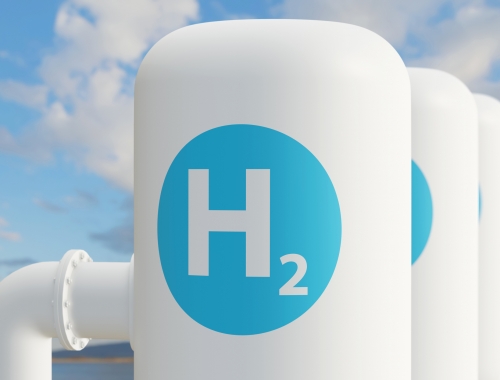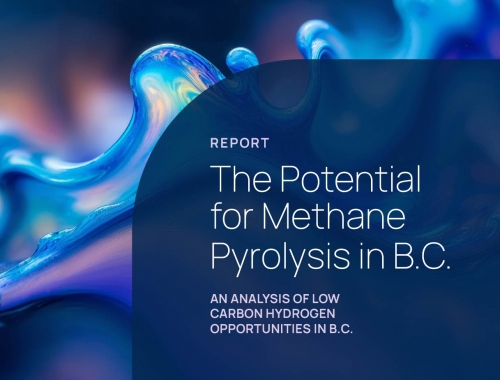BC sees potential for full renewable, low carbon gas use
SUMMARY
Renewable and other low carbon supply could reach 440 PJ by 2050
By Dale LunanPOSTED IN:
A new study commissioned by the BC provincial government and industry partners suggests renewable and low carbon gases could meet all of the province’s gas needs – as much as 440 PJ/year – by 2050.
The study, commissioned from envint Consulting and Canadian Biomass Energy Research by the provincial government, gas utility FortisBC and BC Bioenergy Network, examined the potential to produce renewable and low carbon gas using only in-province resources.
If the renewable and low carbon gas industries continue to grow, there is the potential to produce 50 PJ of renewable and low carbon gas by 2030, and as much as 440 PJ by 2050, the study found.
“As the first utility in North America to provide renewable natural gas to our customers over a decade ago, we’ve been on a journey to transform BC’s renewable and low carbon gas sector,” said Joe Mazza, vice-president, gas supply and resource development at FortisBC. “Understanding the enormous potential the province has to produce renewable and low carbon gases shows a clear path forward to scale up the decarbonisation of our gas system.”
In 2018, BC and FortisBC set a target of 15% of the province’s gas supply being renewable or low carbon by 2030. Fortis has already tripled the volume of renewable and low carbon gas in its supply mix through the end of last year, and expects to triple it again by the end of this year, Mazza said.
Now, the utility expects to have renewable and low carbon gas meeting 75% of its supply needs by 2050 to help the province reach its target of reducing greenhouse gas emissions by 80%.
Although most of the renewable gas in the BC supply system now is sourced from biogas – primarily agricultural waste and municipal landfills – hydrogen also offers significant potential, given BC’s largely renewable electric power grid. Low carbon gas from wood waste also holds potential, the study said, although more research and development is needed to unlock that potential at scale.








